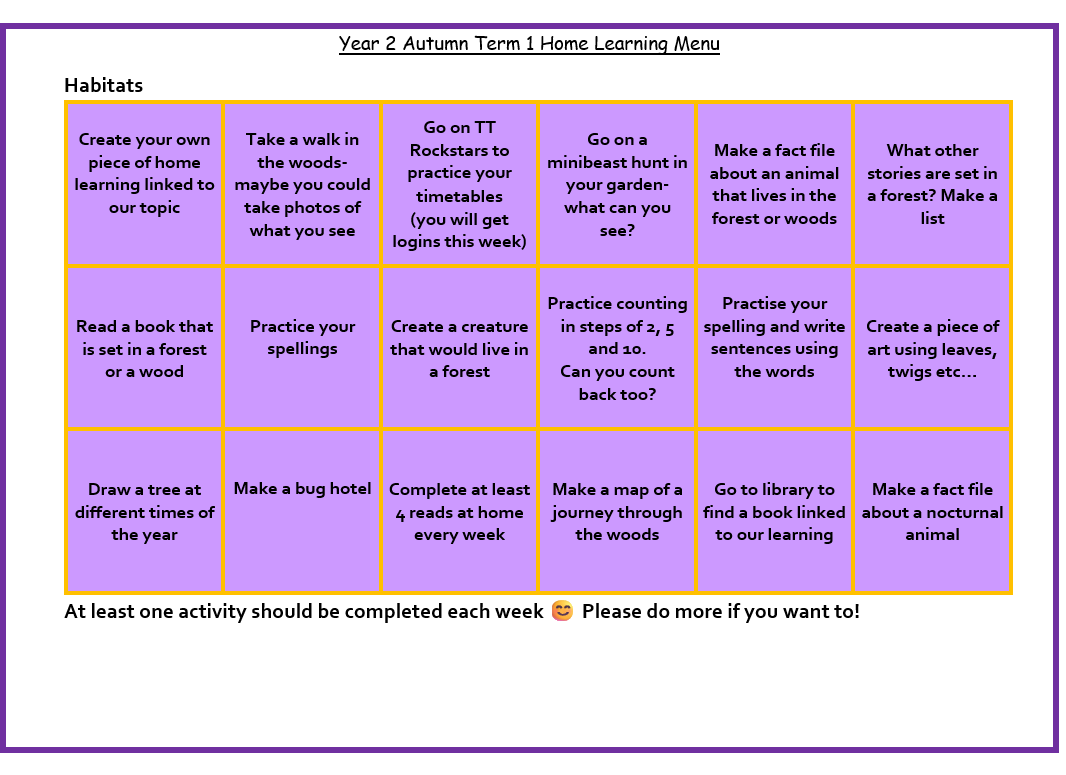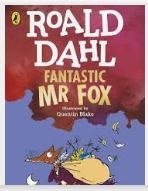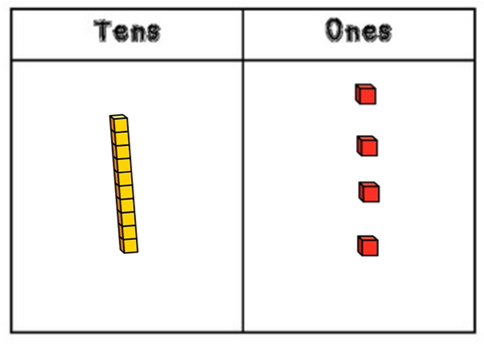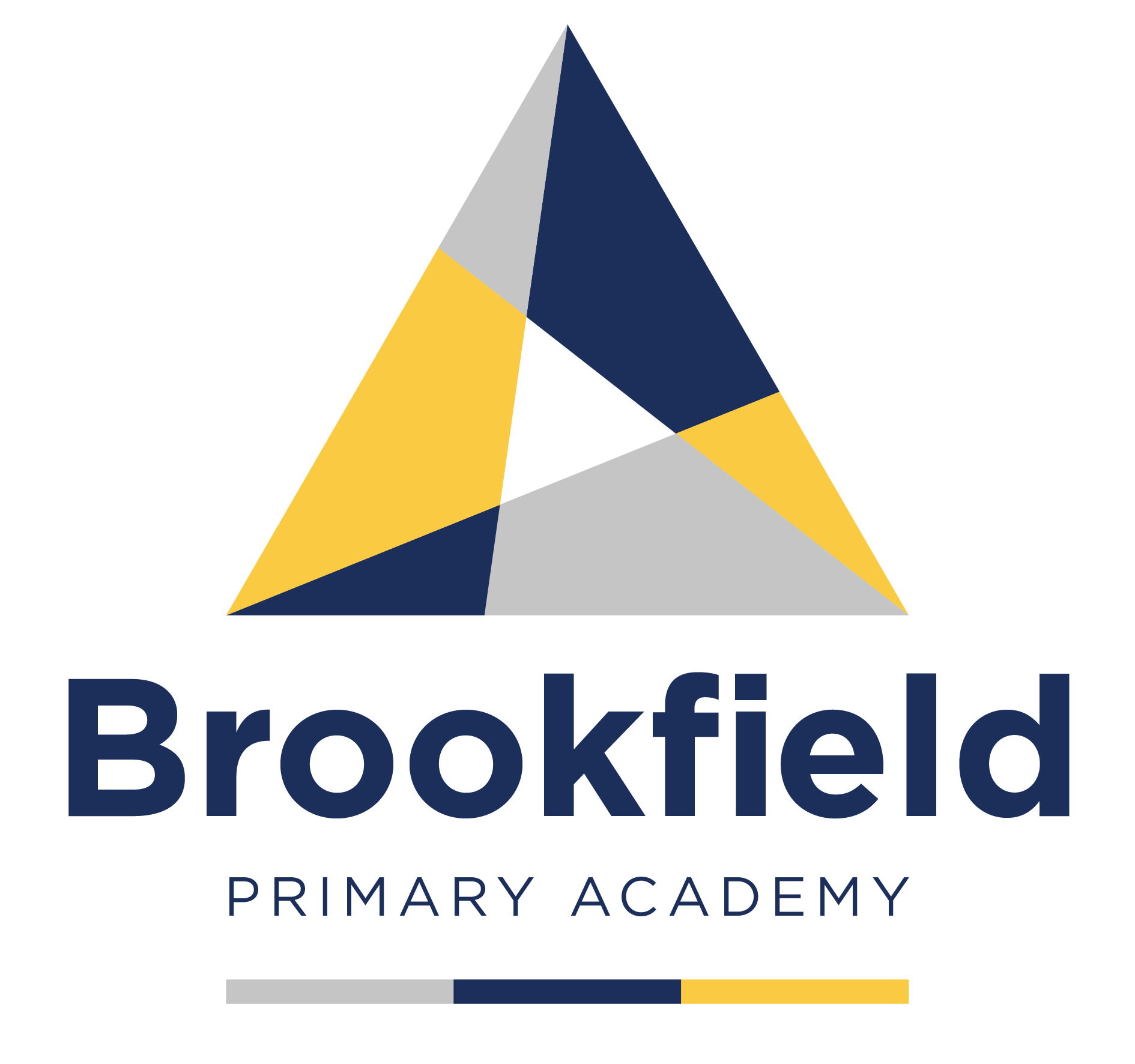Willows (Y2 Mrs Wilcox)
Welcome to Y2 Willows!
Miss Lister and I are very excited to be part of your learning journey again in Y2 - we look forward to making lots of new memories and having fun together in our learning experiences.
Autumn 1
What will we be learning this half-term?

Our PE day will be Wednesday this half-term - please ensure your child brings their PE kits daily or leaves them at school for the half-term as PE days can be subject to change or for additional PE days.
Children will receive new spellings each Friday which will be stuck in their planners - spelling tests will be on a Friday.
It is expected that children will read 3 times a week, practice spellings and times tables and bring a piece of homework on a Friday - either relating to the topic or of their own interests.
Homework menu

English

This half term, our Year 2 English focus will be on the popular story Fantastic Mr Fox by Roald Dahl. This exciting and humorous novel tells the tale of a clever fox who outwits three mean farmers to feed his family and friends.
📚 What will we be learning?
Throughout this unit, your child will:
-
Explore story structure, character and setting.
-
Learn to use adjectives and expanded noun phrases in description.
-
Retell parts of the story through role play and sequencing activities.
-
Write their own version of a trickster tale inspired by Mr Fox.
-
Build comprehension through group reading and discussion.
✍️ Writing Objectives
Your child will practise:
-
Writing clear sentences with capital letters and full stops.
-
Using interesting vocabulary (e.g. describing words).
-
Writing in the past tense.
-
Sequencing ideas to tell a complete story.
🎯 How you can support at home
-
Read the story together: Talk about what’s happening and how the characters feel.
-
Ask questions like:
-
Why do you think Mr Fox did that?
-
What would you do if you were him?
-
-
Discuss new words and encourage your child to use them in their own sentences.
-
Encourage story writing at home, such as a short adventure or animal story.
Maths
In maths, we will be focusing on place value.


What is Place Value?
Place value is the value of each digit in a number based on its position. For example, in 47, the 4 means 40 (4 tens) and the 7 means 7 (7 ones).
In Year 2, children are learning to:
-
Read, write, and understand numbers to 100 and beyond.
-
Recognise the place value of each digit in a two-digit number (tens and ones).
-
Compare and order numbers.
-
Use a number line.
-
Count in 2s, 5s, 10s, and 3s.
-
Use objects, drawings, and number facts to understand numbers better.
How You Can Help at Home
👪 Here are some fun and easy ways to support place value learning at home:
1. Tens and Ones with Household Items
Use pasta, buttons, or LEGO bricks. Make groups of 10 (bundles) and singles to show numbers, like:
-
53 = 5 groups of ten and 3 single pieces.
2. Number Talks
Ask your child questions like:
-
What’s 1 more than 28? What’s 10 more?
-
Which number is greater: 42 or 24? Why?
3. Number Line Practice
Use a number line (or make one) and have your child place numbers in the correct position.
4. Online Games
Try free maths games that focus on place value like:
-
Topmarks: Place Value Basketball
5. Real-Life Maths
Use prices at the shop or door numbers to talk about tens and ones.
Key Vocabulary
-
Digit
-
Tens
-
Ones (or Units)
-
Place Value
-
Greater than / Less than
-
Compare
-
Order
-
Number line
History - changes within living memory
🔍 What does this mean?
"Living memory" refers to the time that people who are still alive can remember — usually grandparents, parents, or even their own memories.
🕰️ Key Areas to Explore
1. Homes and Everyday Life
-
Compare houses then and now (e.g., coal fires vs. central heating, outdoor vs. indoor toilets).
-
Look at how furniture and appliances have changed (old-fashioned irons, radios, etc.).
2. Toys and Games
-
Compare toys children played with in the past and now.
-
Materials (wood, metal vs. plastic) and how electronic toys have changed things.
3. Transport
-
How cars, buses, trains, and bicycles have changed.
-
Introduction of air travel, electric vehicles, etc.
4. Communication and Technology
-
Letters vs. emails/texts
-
Telephones, TVs, computers then and now
5. Shops and Food
-
Corner shops vs. supermarkets
-
Food packaging and shopping experiences
6. School Life
-
Uniforms, punishments (like the cane), chalkboards vs. interactive whiteboards
🧠 Teaching Ideas and Activities
-
Then and Now Sorting: Pictures of old/new items (phones, toys, cars)
-
Interview a Grandparent: Ask about their childhood
-
Time Capsule: What would you put in it to show life today?
-
Role Play a 1950s Classroom: Sit in rows, write on chalkboards, listen to radio
-
Compare Photos: Look at photos of towns or homes then and now
📚 Useful Vocabulary
-
Past
-
Present
-
Change
-
Old-fashioned
-
Modern
-
Technology
-
Memory
Science - Living things and their habitats
This term in Science, our topic is Living Things and Their Habitats. We’re excited to explore the world around us and learn how animals and plants survive in different environments. Here’s what your child will be learning, and how you can support their understanding at home.
🌱 What We’ll Be Learning
Your child will:
-
Understand the difference between living, dead, and never alive.
-
Explore a variety of habitats and identify the plants and animals that live in them.
-
Learn how animals adapt to their environment and how food chains work.
-
Investigate how different microhabitats (like under logs or in hedges) support different life.
-
Discover the basic needs of animals and how they depend on their environment to survive.
🔍 Key Vocabulary
Here are some words we’ll be using:
-
Habitat – a place where a plant or animal lives
-
Microhabitat – a small part of a habitat (like under a rock)
-
Adaptation – features that help animals survive
-
Carnivore, Herbivore, Omnivore – types of diets
-
Food chain – a sequence showing who eats what
🏡 How You Can Help at Home
-
Go exploring – Visit a park, garden, or woodland and talk about the different animals and plants you see.
-
Bug hunts – Look under stones or in bushes to find minibeasts like beetles, worms or spiders.
-
Talk about pets – Discuss what your pets need to survive (food, water, shelter, etc.).
-
Watch nature shows – Programmes like BBC Planet Earth or CBeebies Go Jetters can spark great discussions.
-
Books to read – “What’s Alive?” by Kathleen Weidner Zoehfeld, or A Seed Is Sleepy by Dianna Aston.
🧠 Fun Facts to Share!
-
A polar bear’s white fur helps it blend into snowy surroundings.
-
Worms breathe through their skin!
-
Cacti store water to survive in hot deserts.
RE - Why are some places sacred?
This half-term in Religious Education, our topic is "Why are some places sacred?". We will be exploring the special places that are important in different religions, what makes them sacred, and why people go to them.
🌍 What will your child be learning?
-
What the word sacred means.
-
That many religions have places of worship (like churches, mosques, synagogues, temples, and gurdwaras).
-
What people do in these places — including praying, worshipping, and celebrating.
-
How sacred places can make people feel calm, peaceful, connected, or inspired.
-
The importance of respect when learning about different religions and their special places.
We will explore examples from:
-
Christianity – Church
-
Islam – Mosque
-
Judaism – Synagogue
-
Hinduism – Temple
-
Sikhism – Gurdwara
We will look at photos, artefacts, and videos and may even visit or have a virtual tour of a place of worship.
🏠 How you can help at home:
-
Talk with your child about places that feel special to your family — it might be a place of worship, a quiet place in nature, or even a room in your home.
-
If you follow a religion, share with your child what makes a place sacred to you.
-
Look at pictures or books about places of worship.
-
Discuss the importance of respecting other people's beliefs and places that are special to them.
PE - Netball and football skills
In Year 2 PE this half-term, pupils will be developing fundamental movement and ball-handling skills through engaging activities in netball and football. These lessons aim to build teamwork, coordination, and confidence while introducing the basic rules and strategies of both sports.
Key Learning Objectives:
-
Develop agility, balance, and coordination through warm-up games and drills
-
Improve passing, catching, and dribbling using netballs and footballs
-
Learn the basics of attacking and defending in small-sided games
-
Understand teamwork and communication through partner and group activities
-
Practice fair play and sportsmanship in competitive and cooperative settings
What We're Focusing On:
-
Netball: Chest passes, pivoting, footwork, and shooting
-
Football: Dribbling with control, passing with accuracy, and basic goal scoring
-
Understanding simple rules like footwork (netball) and no handball (football)
-
Encouraging spatial awareness and decision-making during play
How Parents Can Support at Home:
-
Encourage active play outdoors (e.g., ball games in the garden or park)
-
Practice throwing and catching with a soft ball
-
Watch short clips of children’s netball or football matches together
-
Talk about the importance of being a good teammate and following rules
Useful websites
•Daily 10 - https://www.topmarks.co.uk/maths-games/daily10
•Top marks clock - https://www.topmarks.co.uk/time/teaching-clock
•Spelling shed - https://www.spellingshed.com/en-gb/
•Google Earth - https://earth.google.com/web/
•Reach out reporter (science news) - https://www.twigsciencereporter.com/

